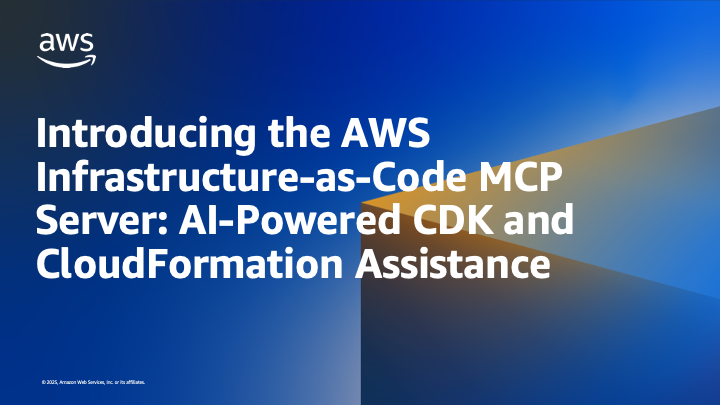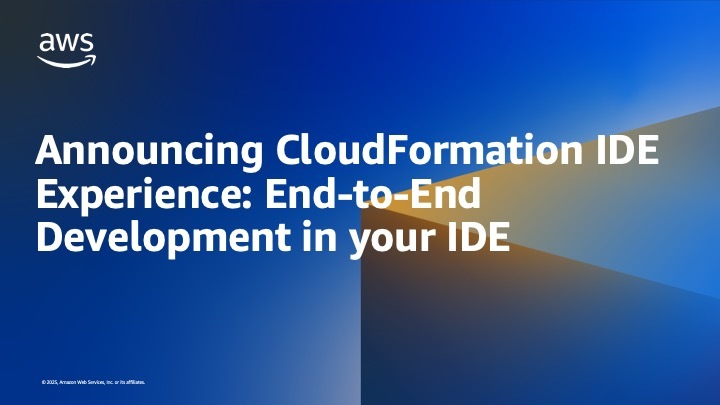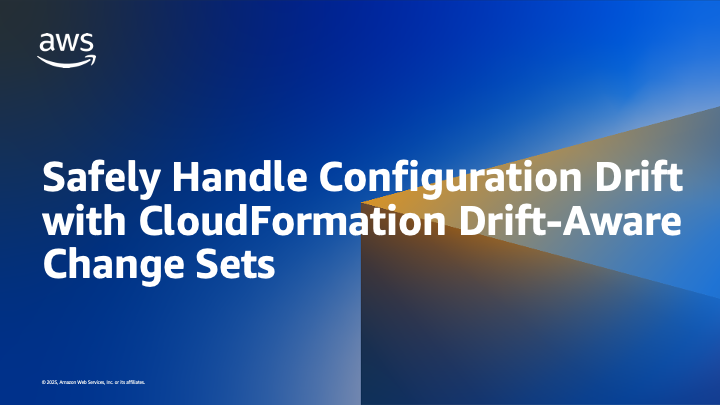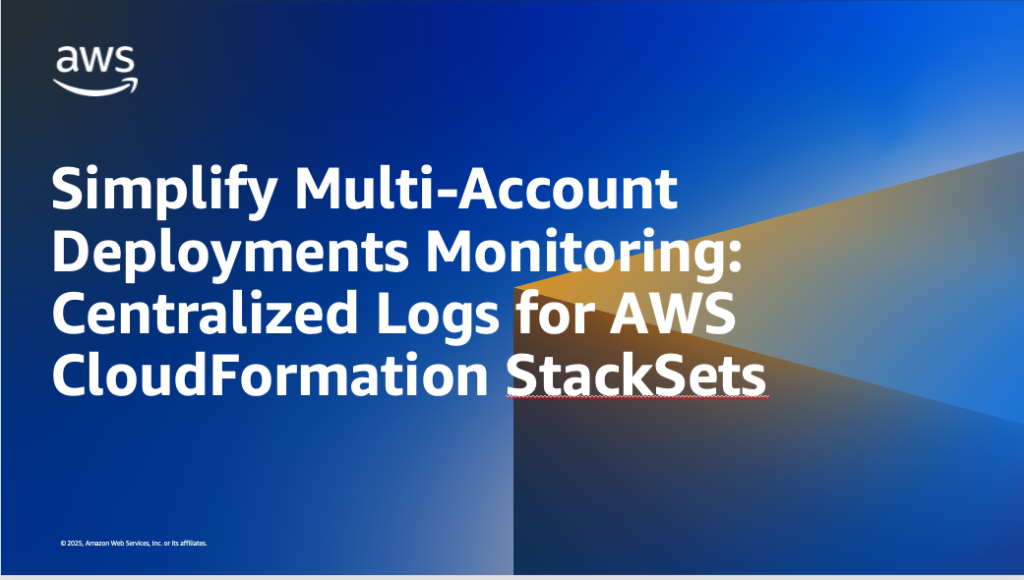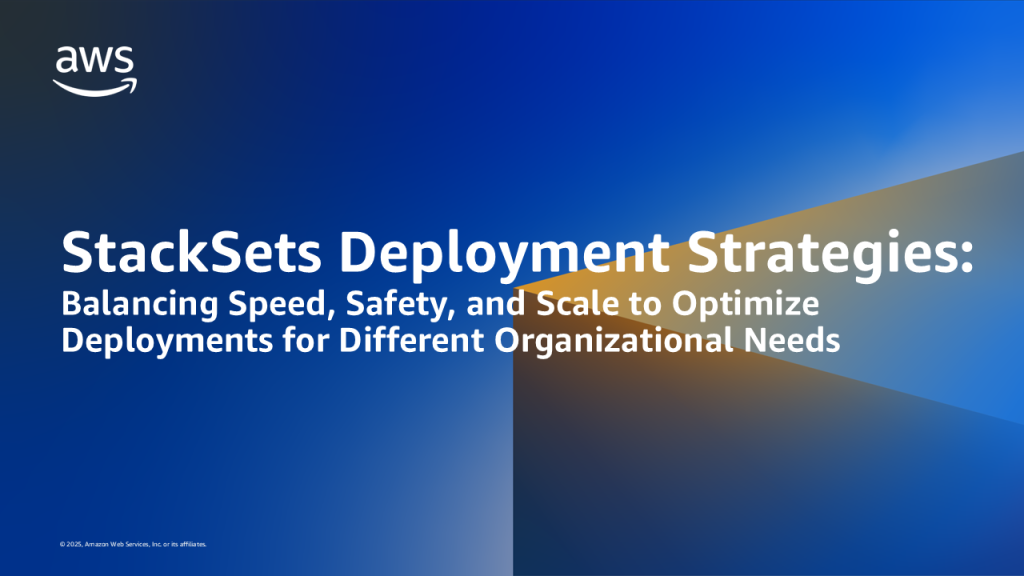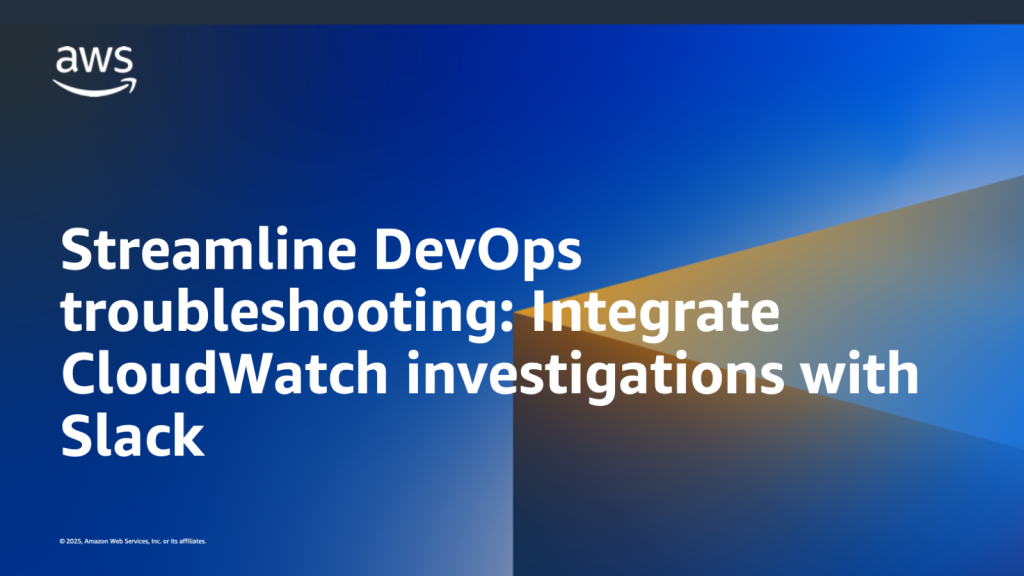AWS DevOps & Developer Productivity Blog
Category: Management Tools
Introducing the AWS Infrastructure as Code MCP Server: AI-Powered CDK and CloudFormation Assistance
Streamline your AWS infrastructure development with AI-powered documentation search, validation, and troubleshooting Introduction Today, we’re excited to introduce the AWS Infrastructure-as-Code (IaC) MCP Server, a new tool that bridges the gap between AI assistants and your AWS infrastructure development workflow. Built on the Model Context Protocol (MCP), this server enables AI assistants like Kiro CLI, […]
Announcing CloudFormation IDE Experience: End-to-End Development in Your IDE
If you’ve developed AWS CloudFormation templates, you know the drill; write YAML (YAML Ain’t Markup Language) in your IDE (Integrated Development Environment), switch to the AWS Management Console to validate, jump to documentation to verify property names. Then run CFN Lint (CloudFormation Linter) in your terminal, deploy and wait, then troubleshoot failures back in the […]
Safely Handle Configuration Drift with CloudFormation Drift-Aware Change Sets
Introduction Is configuration drift preventing you from accessing the speed, safety, and governance benefits of AWS CloudFormation for infrastructure management? Configuration drift occurs when cloud resources are modified outside of CloudFormation, leading to a mismatch in the actual state and template definition of resources. Drift tends to accumulate from infrastructure changes that engineers make via […]
Accelerate infrastructure development with CloudFormation pre-deployment validation and simplified troubleshooting
AWS CloudFormation makes it easy to model and provision your cloud application infrastructure as code. CloudFormation templates can be written directly in JSON or YAML, or they can be generated by tools like the AWS Cloud Development Kit (CDK). Resources are created and managed by CloudFormation as units called Stacks. Additionally, change set enable you […]
Streamlining Multi-Account Infrastructure with AWS CloudFormation StackSets and AWS CDK
Introduction Organizations operating at scale on AWS often need to manage resources across multiple accounts and regions. Whether it’s deploying security controls, compliance configurations, or shared services, maintaining consistency can be challenging. AWS CloudFormation StackSets (StackSets) has been helping organizations deploy resources across multiple accounts and regions since its launch. While the service is powerful […]
How to Simplify Multi-Account Deployments Monitoring: Centralized Logs for AWS CloudFormation StackSets
Introduction As organizations adopt multi-account strategies for improved security features and governance, AWS CloudFormation StackSets enables organizations to deploy infrastructure across multiple accounts and regions. However, monitoring and tracking these distributed deployments across multiple accounts presents operational challenges. When a critical security baseline deployed across 50 accounts suddenly starts failing, teams face the daunting task of logging […]
Infrastructure as Code at Thomson Reuters with AWS CDK
This post is cowritten by Danilo Tommasina and Lalit Kumar B from Thomson Reuters. Large organizations often struggle with infrastructure management challenges including compliance issues, development bottlenecks and errors from inconsistent AWS resource creation across teams. Without standardized naming, tagging and policy enforcement, teams face repeated boilerplate code and difficulty accessing centrally-managed resources. In this […]
StackSets Deployment Strategies: Balancing Speed, Safety, and Scale to Optimize Deployments for Different Organizational Needs
AWS CloudFormation StackSets enables organizations to deploy infrastructure consistently across multiple AWS accounts and regions. However, success depends on choosing the right deployment strategy that balances three critical factors: deployment speed, operational safety, and organizational scale. This guide explores proven StackSets deployment strategies specifically designed for multi-account infrastructure management. Understanding StackSets Deployment Fundamentals What are […]
Moeve: Controlling resource deployment at scale with AWS CloudFormation Guard Hooks
This post is co-written with Rayco Martínez Hernández, Head of Cloud Governance at Moeve. Moeve, formerly known as Cepsa, is a global integrated energy company with over 90 years of experience and more than 11,000 employees. Moeve is committed to driving Europe’s energy transition and accelerating decarbonization efforts. The company has embraced digital transformation to […]
Streamline DevOps troubleshooting: Integrate CloudWatch investigations with Slack
Infrastructure alerts pose a challenge for DevOps teams, particularly when they occur outside of regular business hours. The complexity isn’t merely in receiving notifications, it lies in rapidly assessing their severity and determining the root cause. This challenge is compounded when upstream service disruptions cascade into multiple downstream alerts, creating a confusion of notifications that […]
